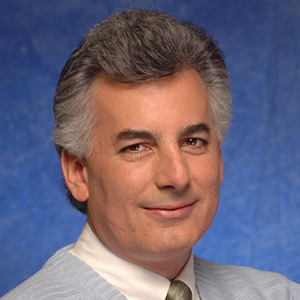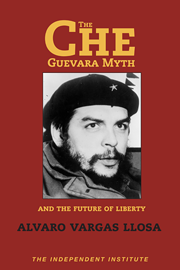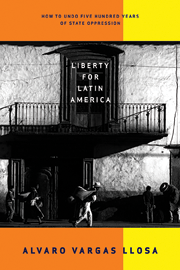This month marks the 60th anniversary of the triumph of the Cuban Revolution. One way to measure the failure of this prolonged exercise in despotism is to look at its changing narrative.
In the beginning, the Bearded Ones vowed that Cuba would become an economic superpower. In 1961 Che Guevara promised that by 1980 (the year of the Mariel exodus of boat people) Cuba’s per capita income would overtake that of the United States.
Communism soon killed any possibility of prosperity. So the Revolution changed the narrative: Its “ultima ratio” was now the Cold War and Cuba’s role in the planetary struggle between socialism and capitalism—a way to justify Cuba becoming a Soviet colony. The rhetoric also pointed to social achievements that were largely the legacy of the pre-revolutionary years. Though underdeveloped, in the 1950s Cuba had Latin America’s third-highest per capita income, third-longest life expectancy, and lowest mortality rate.
When the Soviet Union collapsed, the narrative changed again. It was time to enlarge the already disproportionate role Cuba had played during the Cold War (sending soldiers to fight in Africa, for instance) by turning it into a world bastion of socialism after Moscow’s “treason.”
Since the end of the Soviet subsidy—several billion dollars a year—had uncovered the truth about Cuba’s miserable economy, Fidel Castro also developed a narrative based on a heroic “special period” in which Cubans would re-enact the resistance of Thermopylae against the Persians. Anything that could generate some foreign exchange and social peace was rhetorically justified—even the emergence of a few small private businesses, the arrival of foreign capital in partnership with the Cuban state, tourism (until then symbolic of the ancien regime’s subservience to the United States), and prostitution.
Cuba: Subsidized Communism
Then came Hugo Chavez’s oil subsidy. The heroic narrative focused on the domestic front went by the wayside. It was time to talk about world revolution. Cuba’s dependence on Venezuela was concealed under rhetoric that depicted Castro as the inspiration of Venezuela’s 21st-century Socialism. The new planetary struggle justified Cuba being close to Islamic fundamentalist theocrats (Iran), state-capitalist nationalists (China), and others.
Venezuela’s subsidy provided an opportunity for Cuba to export “professional services,” sending thousands of doctors, nurses, and teachers overseas in exchange for dollars. This was close to slavery since the host country would pay the salaries to the Cuban government in dollars and the Castro regime would pay the doctors and teachers a tiny fraction of the money ... in Cuban pesos! The professionals were not allowed to take their families with them lest they defect. Under the new narrative, this cruel exploitation was a service to humanity.
When Fidel Castro fell ill in 2006 the narrative evolved. His brother Raul, a China admirer, could not steer too far away from Fidel’s legacy but allowed more Cubans to engage in small, closely controlled entrepreneurial activities and invited new foreign capital to partner with the state.
Still A Police State
The narrative then pushed the fight against bureaucracy and corruption (a Castro legacy!) and the need to prolong the Revolution by promoting a new generation—hence the appointment of Miguel Diaz-Canel as “president,” with Raul in control as first secretary of the Communist Party and chief of the armed forces (which control all sizable capitalist ventures). The new constitution dropped the word “communism” but retained the one-party state.
As the Venezuelan subsidy dwindled due to Chavismo’s catastrophe, Castro expanded the limited reforms with a narrative based on modernization.
Today the Revolution continues to be a police state that brutally represses any form of dissidence, and its reforms have yielded nothing but failure. As the well-respected economist Carmelo Mesa-Lago has shown, the private sector represents no more than 7% of GDP. The country is severely undercapitalized (gross capital formation is one half of Latin America’s average); and agricultural and industrial production has shrunk in the last decade. The island’s largest source of foreign exchange continues to be the export of professional services, that grotesque euphemism.
Sixty years on, Cuba has nothing but misery to show for itself—and an extraordinary ability to delude itself and many others.













